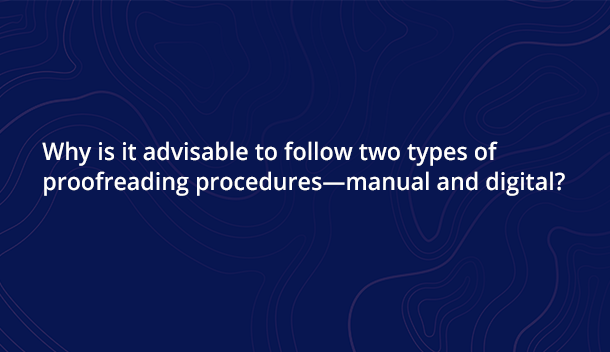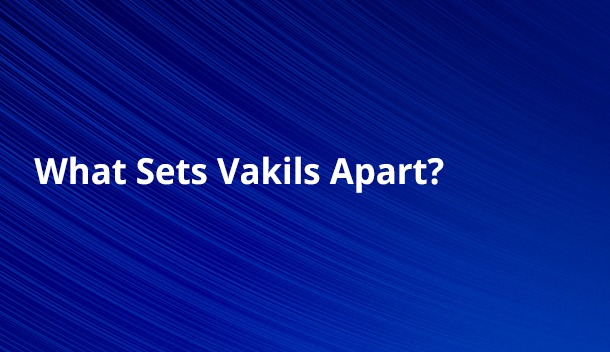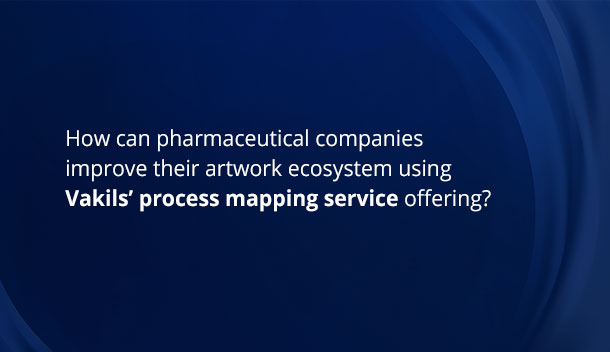How does Vakils proofread client documents?

Vakils proofreads artworks both manually and digitally. Proofreading involves thoroughly checking for errors in a text before it is published or shared. Common mistakes include issues with spelling, grammar, punctuation, layout, style, technical checks, and consistency. Proofreading is not just about finding mistakes, it ensures everything is in place according to standard regulations and client instructions.
At Vakils, we follow two types of proofreading procedures. Manual and digital proofreading methods. The combination of these methods allows us to perform effective proofreading.
- Traditional Method of Proofreading:
Proofreaders read each character of the created artwork against the raw manuscript provided by the client. Traditional proofreading methods have higher chances of text/style errors and are time-consuming.
- Digital Proofreading Method:
Vakils uses Text Verification Tool (TVT) for digital proofreading and line-to-line proofreading (slug reading). In this method, proofreaders require a soft copy of the artwork created by the designer and the raw file provided by the client. Proofreaders run the created artwork file against the raw file in a digital proofreading tool (TVT) and generate a TVT report. Once digital proofreading is done, proofreaders start manual proofreading to ensure the correctness of text placement.
Advantages of Digital Proofreading
- Enhanced accuracy: Guaranteeing precise replication of original content
- Increased efficiency: Streamlining the proofreading process
- Compliance adherence: Meeting industry standards and regulations
- Cost reduction: Minimizing errors that lead to costly corrections
Limitations of TVT
- Lack of contextual understanding: TVTs excel at character-level comparison but struggle to comprehend the semantic meaning of text, leading to potential oversights
- Difficulty with complex formatting: Intricate document layouts, such as tables, columns, and footnotes, can pose challenges for accurate verification
- Dependency on input data quality: Errors in the original or formatted text will directly impact the TVT’s output, potentially leading to inaccurate results.
It’s important to note that digital proofreading is not a replacement for manual proofreading but rather a complement. By understanding these limitations and combining digital proofreading with human expertise, Vakils achieves the highest level of document accuracy.
Email us at info@vakilspremedia.com to find out how we can help you with your proofreading needs.



